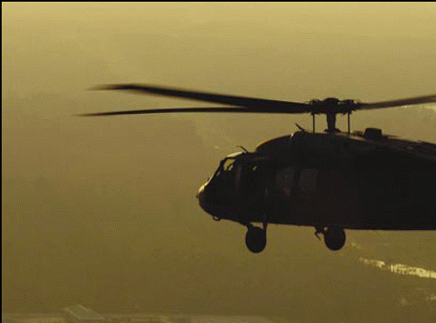“This has been an earth-shattering and life-changing event for everyone involved. Nobody could imagine, I think, what Hurricane Katrina did to this area.” – Daniel Nuss, MD
Explore This Issue
June 2006In the days following the storm, doctors and nurses at Charity Hospital learned the true meaning of the word improvisation. Without electricity, nurses took turns aggressively fanning patients to help cool them off and bagging critical patients by hand. Dr. Wasylik described rigging a suction machine through all sorts of extensions from a generator to keep one patient with a fistula from drowning in his own saliva. There were no working elevators, so the staff was forced to trudge up and down countless numbers of dark, wet stairways many times a day.
Through the rigors of trying to continue providing medical care to the patients, personnel were also faced with trying to allay the patient’s fears. Dr. Wasylik recalled one patient saying, “Doc, tell me we are going to get out of here. Don’t leave us.” At the same time, doctors on site were being called upon to triage patients to determine who would be evacuated first.
Water up to eight feet deep surrounded the hospital. Reports of “gangs” running amok in the surrounding streets had everyone fearing for their safety. Dr. Wasylik reflected, “I realized the very flood-waters that had trapped us there were probably protecting us like a moat. Not too many looters were going to wade through eight feet of stench.”
After the stress of providing patient care with inadequate supplies and limited equipment, the fear of not getting out, the dangers of staying, and the discomfort resulting from the heat and too little drinking water and food, eventually Dr. Wasylik and her colleagues were able to make their way to the Tulane helipad, where they were air-lifted out.
Dr. Amedee described Dr. Wasylik’s caring and commitment during this time as “heroic.” Dr. Wasylik responded, “I am not sure heroic is really the appropriate word. I remember the six days in Charity as just doing what I had to do. I took care of my patients, my friends, and myself.”
Back to Business
Drs. Nuss and Amedee faced many logistical difficulties in getting back to the business of education. Because all of the hospitals in the area were either inaccessible or had suffered flooding and damage to some extent, they needed to find temporary placement for their residents, and also accommodate the personal difficulties of their students, residents, faculty, staff members, and patients, many whom lost everything to the storm.

One of the most immediate issues was communication. The contact information available for everyone was useless. Communications infrastructures were completely wiped out. Cell phones with local numbers were not working. The logistics of finding all of the people who had evacuated to parts unknown is hard to imagine, but it was important to, as Dr. Amedee said, “make sure every head was accounted for.”
Leave a Reply